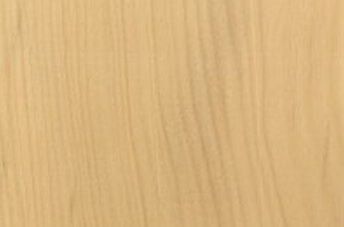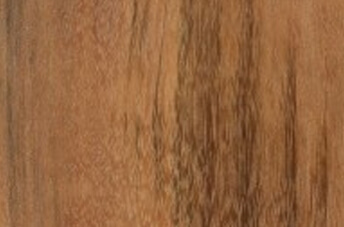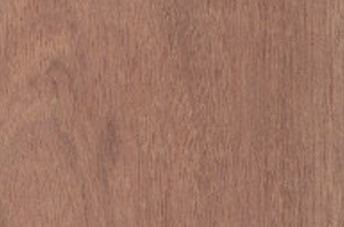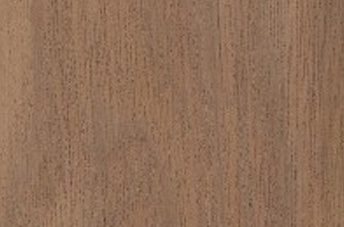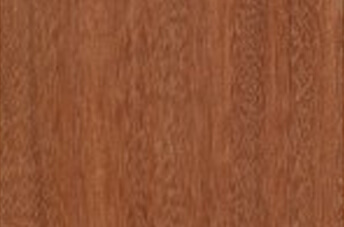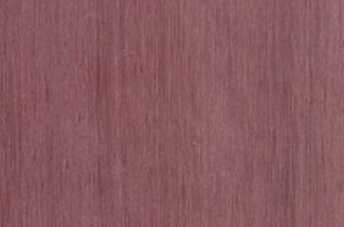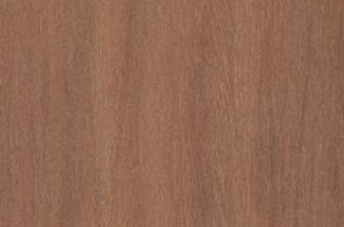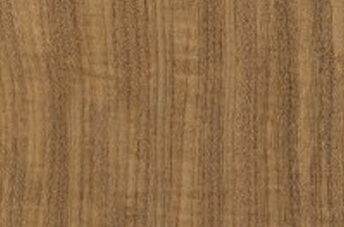

EXOTIC HARDWOODS
Exotic hardwoods are a thing of beauty! They provide a touch of class and add elegance to the environment. Some of the most popular examples, like Teak and Purpleheart, have been in demand for centuries for their durability and allure. As they are not grown locally, sourcing top-quality hardwoods legally and ethically has become a top priority for importers in the United States and Canada.
Our decade-long experience in procuring the best exotic timbers like African Mahogany, Caribbean Walnut, Padauk, etc., has given us an edge. At Tropical Forest Products, we only provide our customers with the best hardwood timber the world has to offer. With slabs of all ranges of over 20 exotic hardwood species, we house a large selection of lumber that is sustainably sourced and FSC certified.
Available products
Find the detailed info in each product
Get the full
product brochure
Share your email to download
- OUR LOCATIONS
- CONTACT US
- SIGN UP
Stay informed about the latest offers, products and sales
- FIND US
- CONTACT US
- SIGN UP



